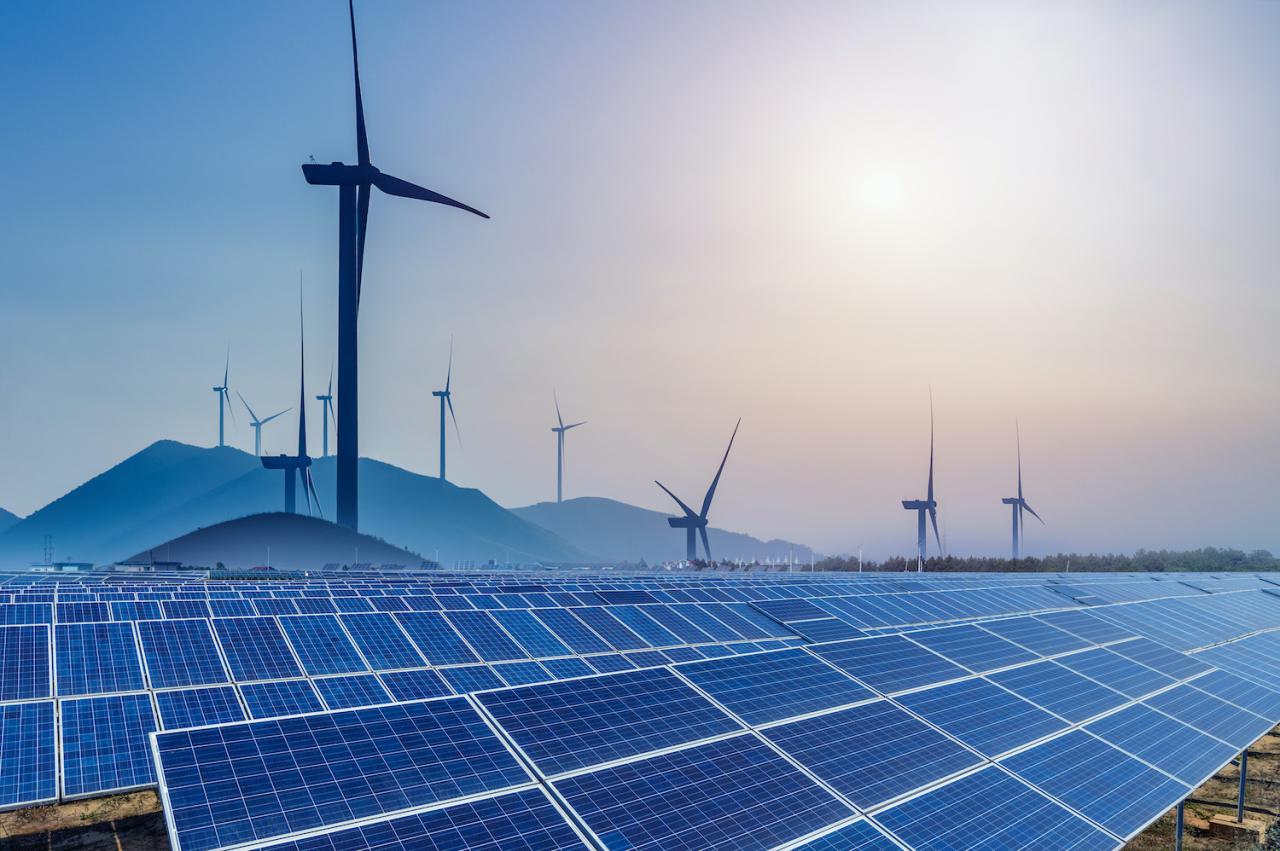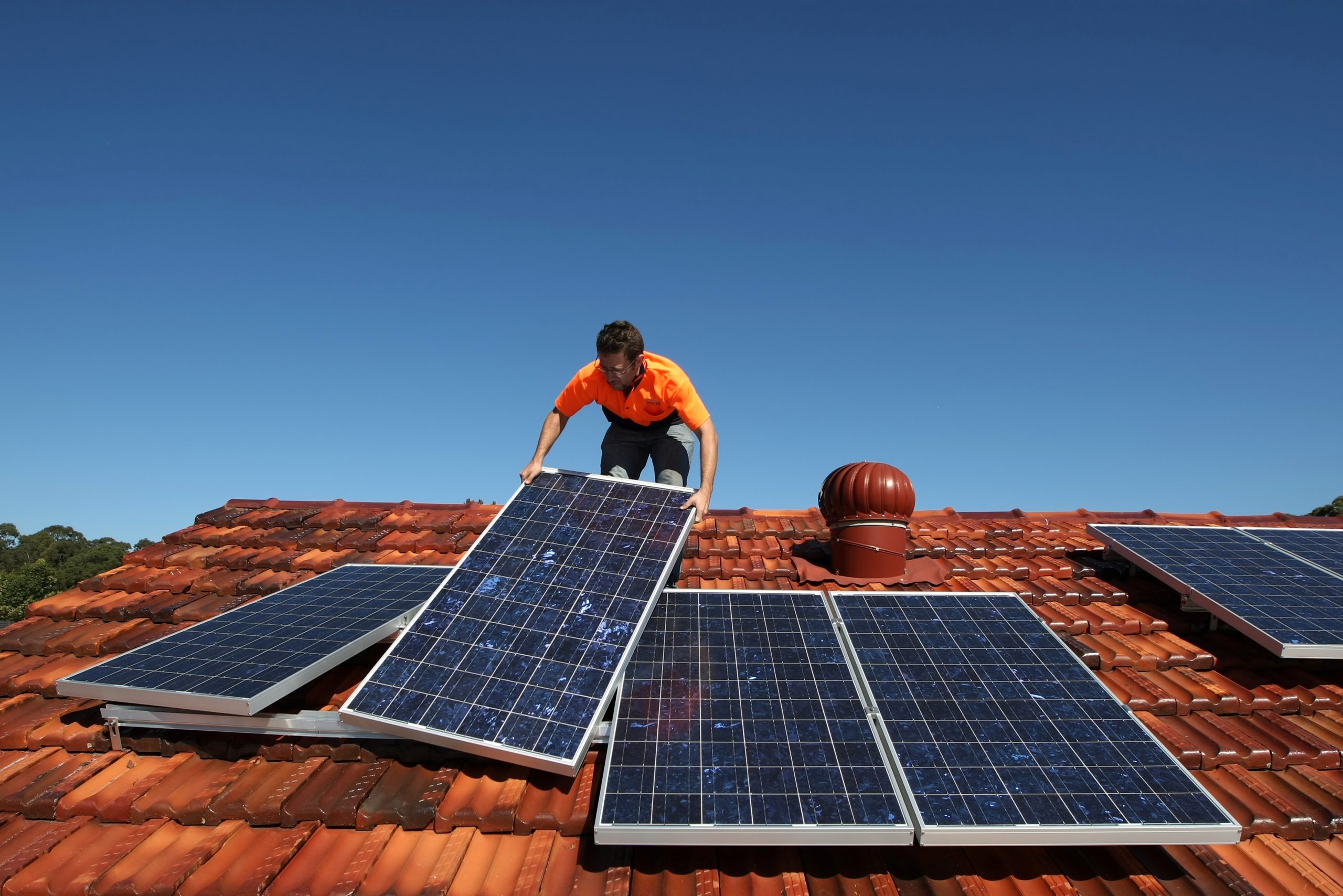Australia’s main grid is likely to avoid a major supply shortfall next summer but risks escalate in later years as coal plants are likely to close faster than renewables and New archive appears. The revision was triggered by a number of project timing changes including delays of at least a year to Snowy Hydro’s massive hydroelectric project, Snowy 2.0 and its gas/hydrogen plant at Kurri Kurri in NSW.
New gas, wind and battery projects have previously predicted supply gaps in South Australia in 2023-24 and Victoria the following year. But the so-called reliability gap could emerge from 2025 onwards with some coal-fired power plants leaving the national electricity market. These gaps widen until all mainland states in the NEM are forecast to breach reliability standards from 2027 onwards, with at least five coal power stations totaling around 13% of total capacity. of NEM is expected to retire, he said.

Urgent and ongoing investment in renewable energy, long-term storage and transmission is needed to reliably meet demand from Australian households and businesses in general. Another relatively mild summer in 2022-23 helped developers avoid a repeat of last winter’s shortages.
However, the cooler conditions in eastern Australia associated with three La Niña years of moderated electricity demand could soon give way to another El Niño, climate models show. El Niños are typically marked by increased wave prevalence, wildfires, and droughts, all of which have the potential to challenge the power grid.
Such discussions could involve a meeting of climate and energy ministers from across Australia scheduled for this Friday in Newcastle in NSW’s Hunter Valley. The first such gathering of the year will likely receive a market update, with projects in the Hunter region featured in the AEMO report. For instance, the remaining three units of AGL Energy, the 1680-megawatt Liddell Liddell Thermal Power Station are expected to close at the end of next month. The mean supply gap has been partially filled by the completion of the Snowy Hydro, 660MW Kurri Kurri gas plant, also in the Hunter Valley. Production will be delayed until the end of 2024, AEMO said, citing Snowy’s updated forecasts.
Origin Energy’s largest South Wales-and Australia-erared coal-fired plant, is currently predicted by the company to close by 2025. The AEMO report considers the government’s Warath Super committed to its own government. The NSW government makes up some of those shortfalls between 2025-26 although final approval is still pending from the Australian energy regulator.

Matt Kean, NSW energy minister and treasurer, said the Waratah Super Battery means NSW will meet the national reliability standard after its potential closure in 2025. In addition to the Waratah Super Battery, NSW is working issued a tender for 380MW to tone the infrastructure to further improve reliability. Queensland grid hinge reliability, part NSW performance, with connectivity between the two countries. Queensland also has energy challenges with the 800MW Callide C plant now expected to be offline until at least June 30, after a cooling tower collapsed last October, Aemo reports. Windfarms’ addition of 461MW of battery and 1326MW across the NEM has helped reduce the risk of a reliability gap compared with previous AEMO projections. More such projects will likely reduce the threat.
NEM has a robust pipeline of proposed generation and storage projects, totaling three times today’s generation capacity, with large-scale solar, wind and battery power accounting for 86%, Westerman said. . Investing in company creation, such as long-term hydro, gas, and batteries, is critical to complementing our fleet of weather-dependent renewable generation to meet electricity demand. without coal production. Other developments that could reduce forecast reliability risk include HaMelink, which aims to connect Snowy 2.0 to the Sydney market, and Victoria’s partner, VNI West Link. The Victorian Government announced on Monday that it is speeding up work on VNI West. The Queensland 520MW/90 MWH and 542MW/660MWH battery projects of such projects in South Australia, are among the joint ventures in the works, AEMO said.



